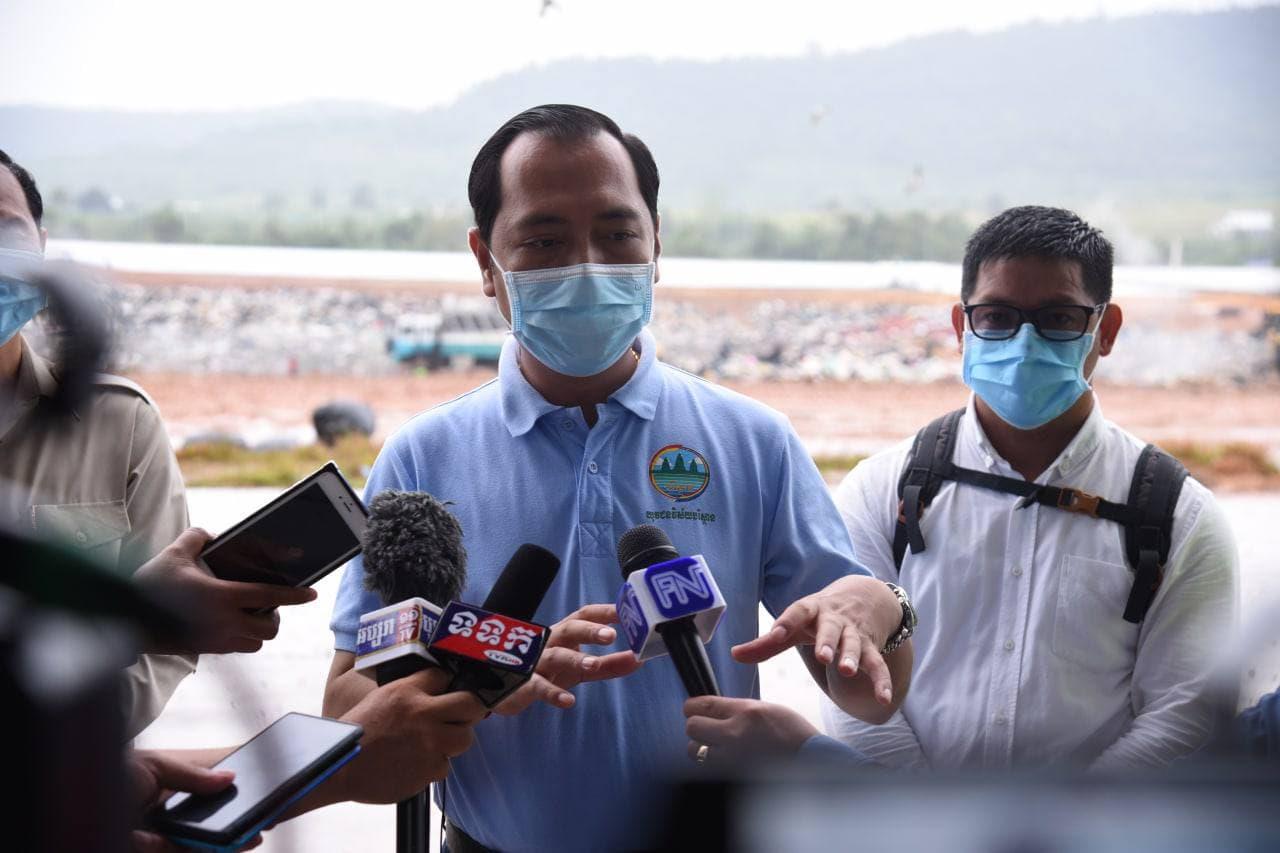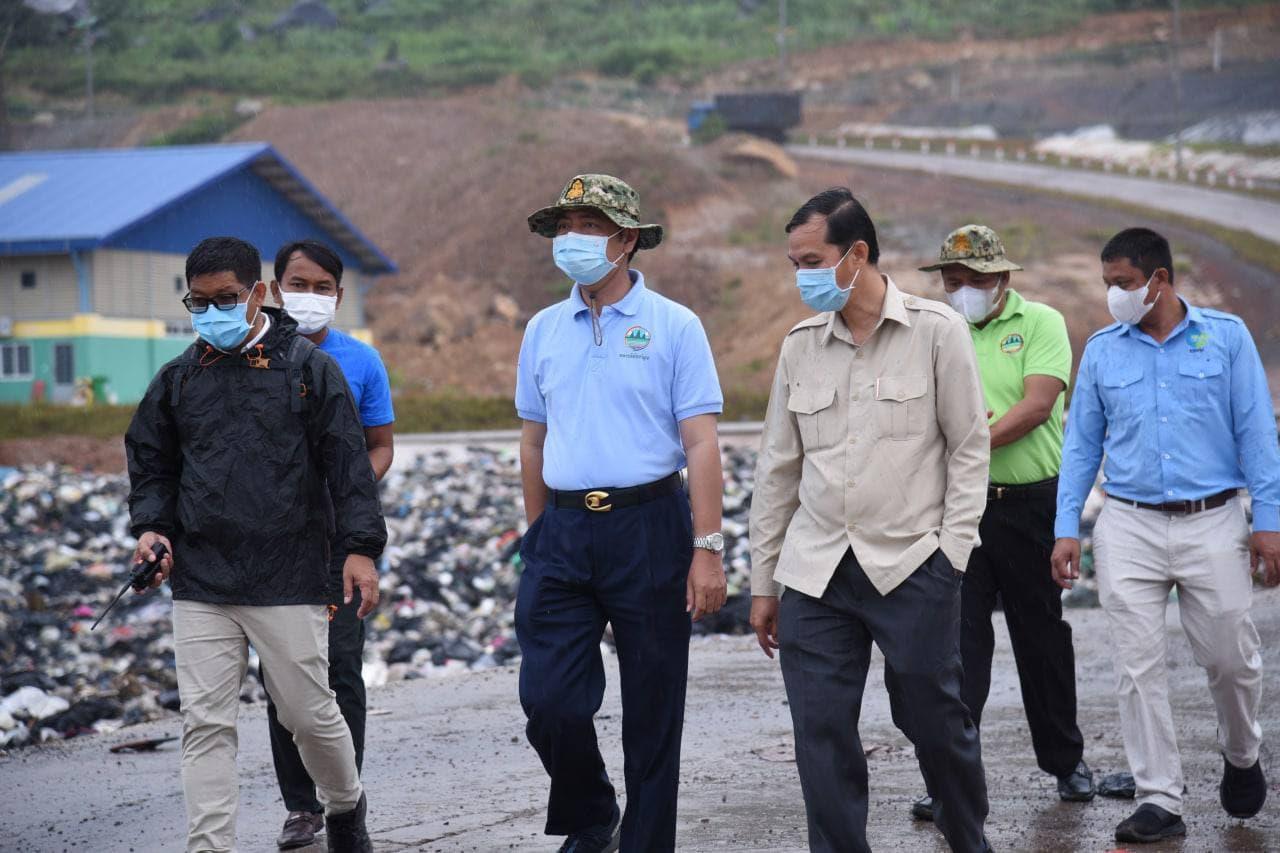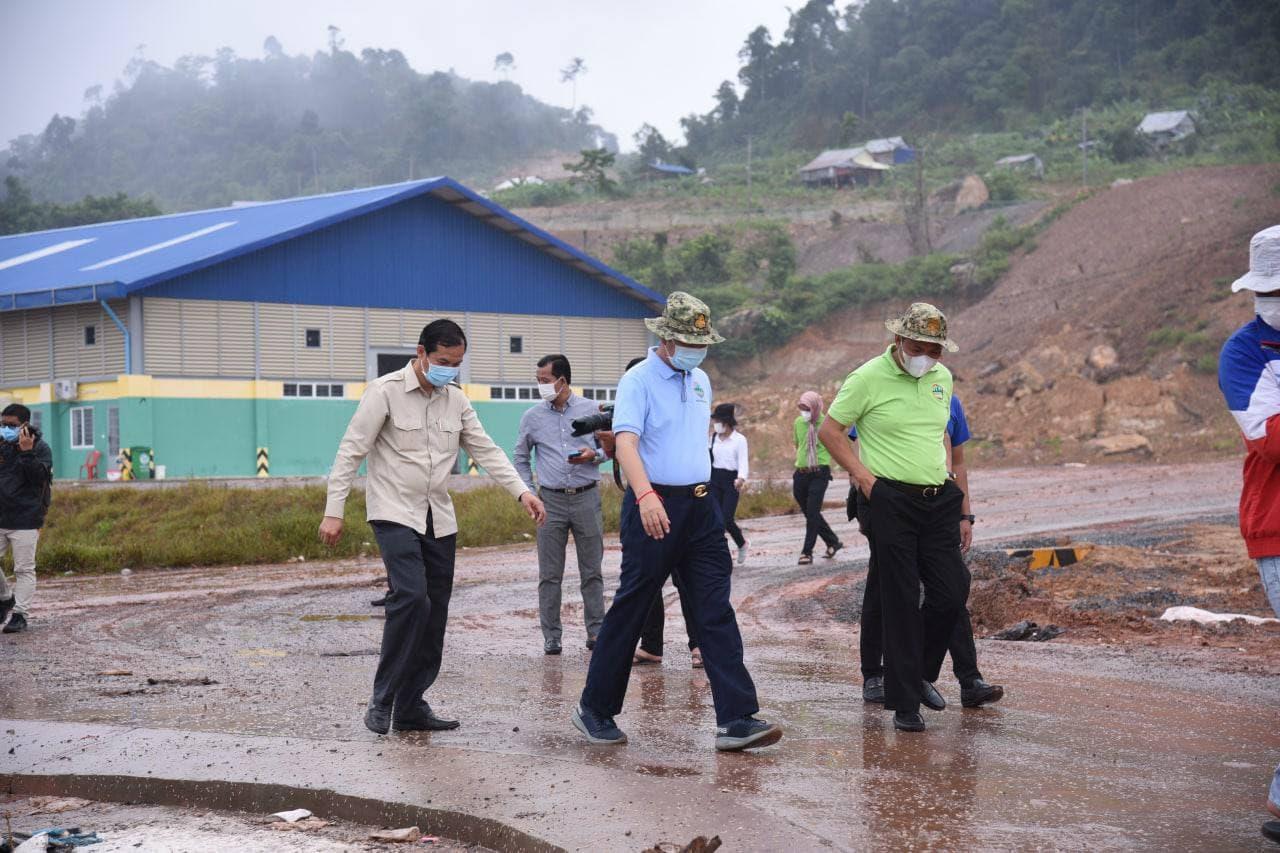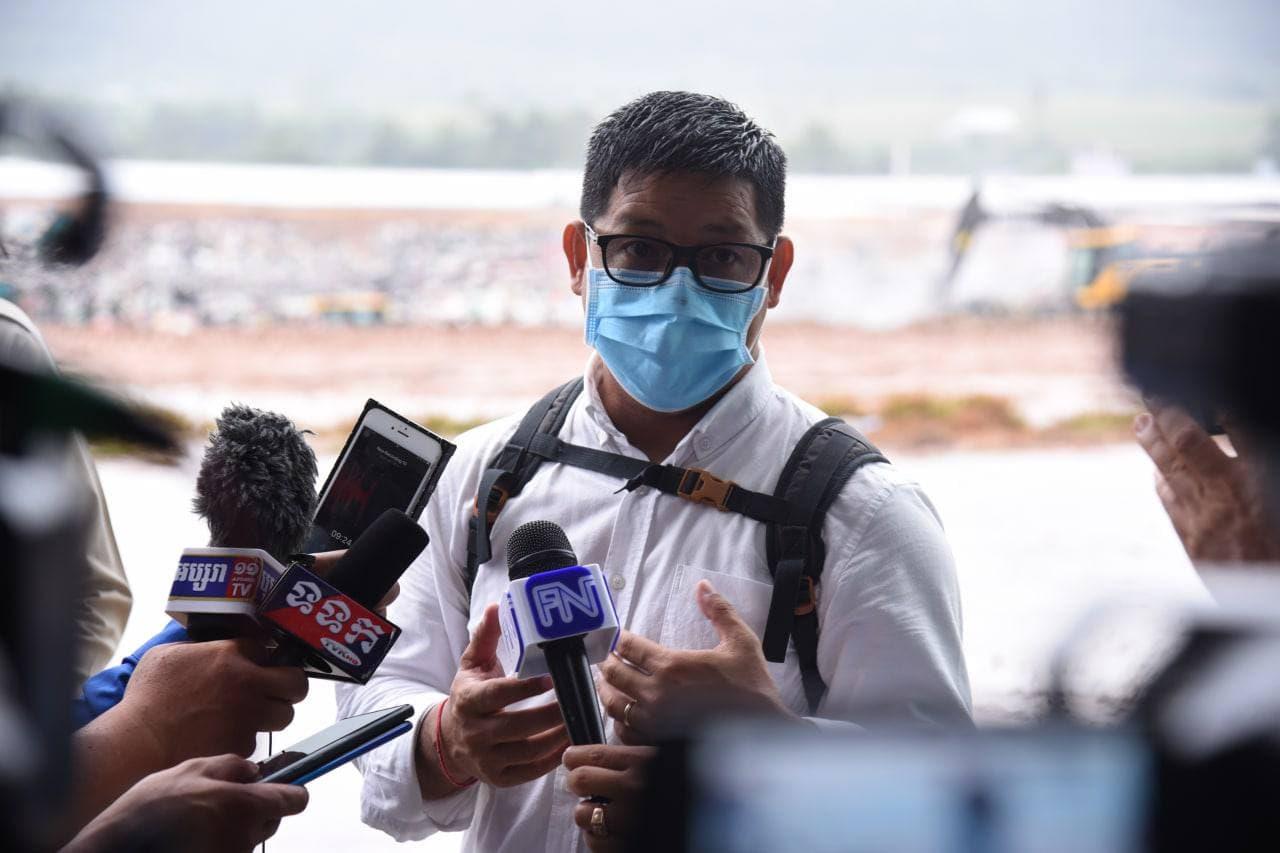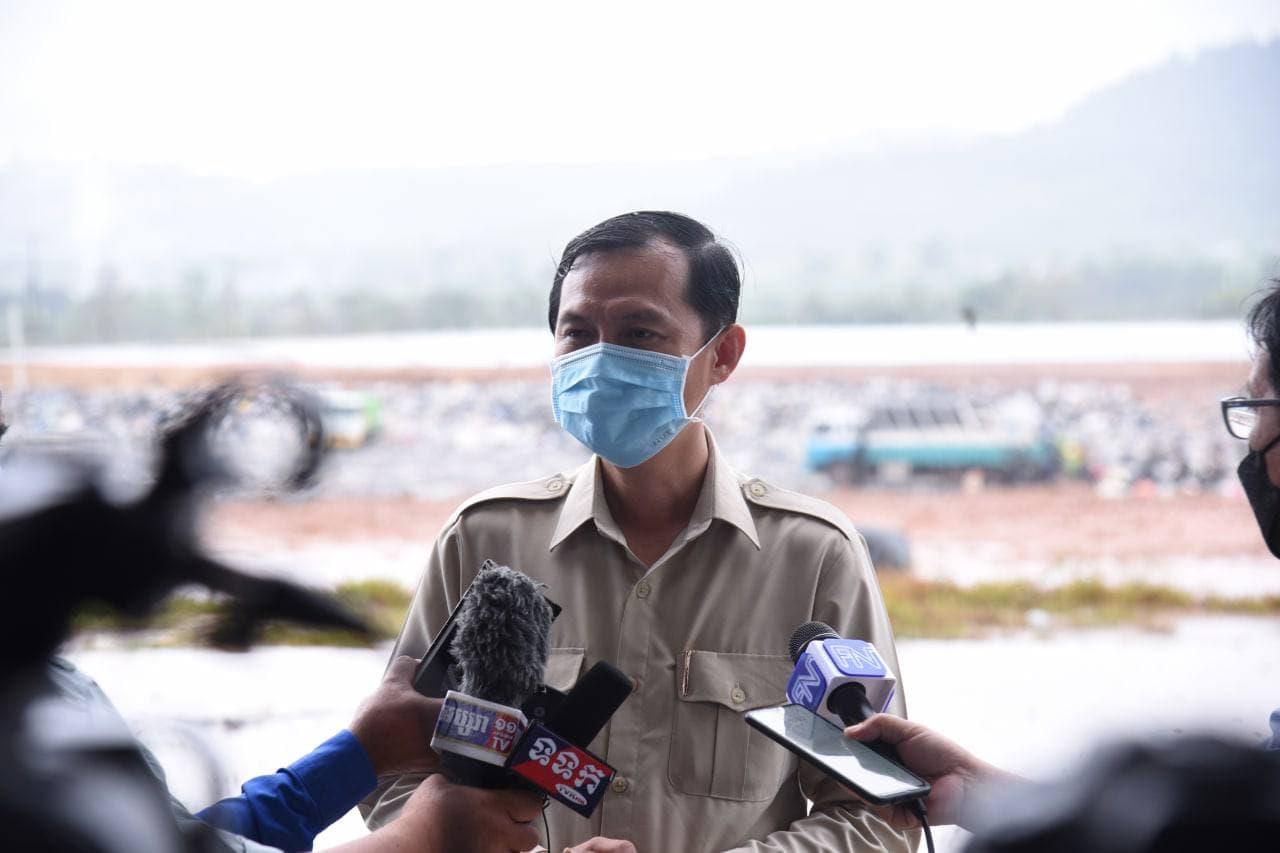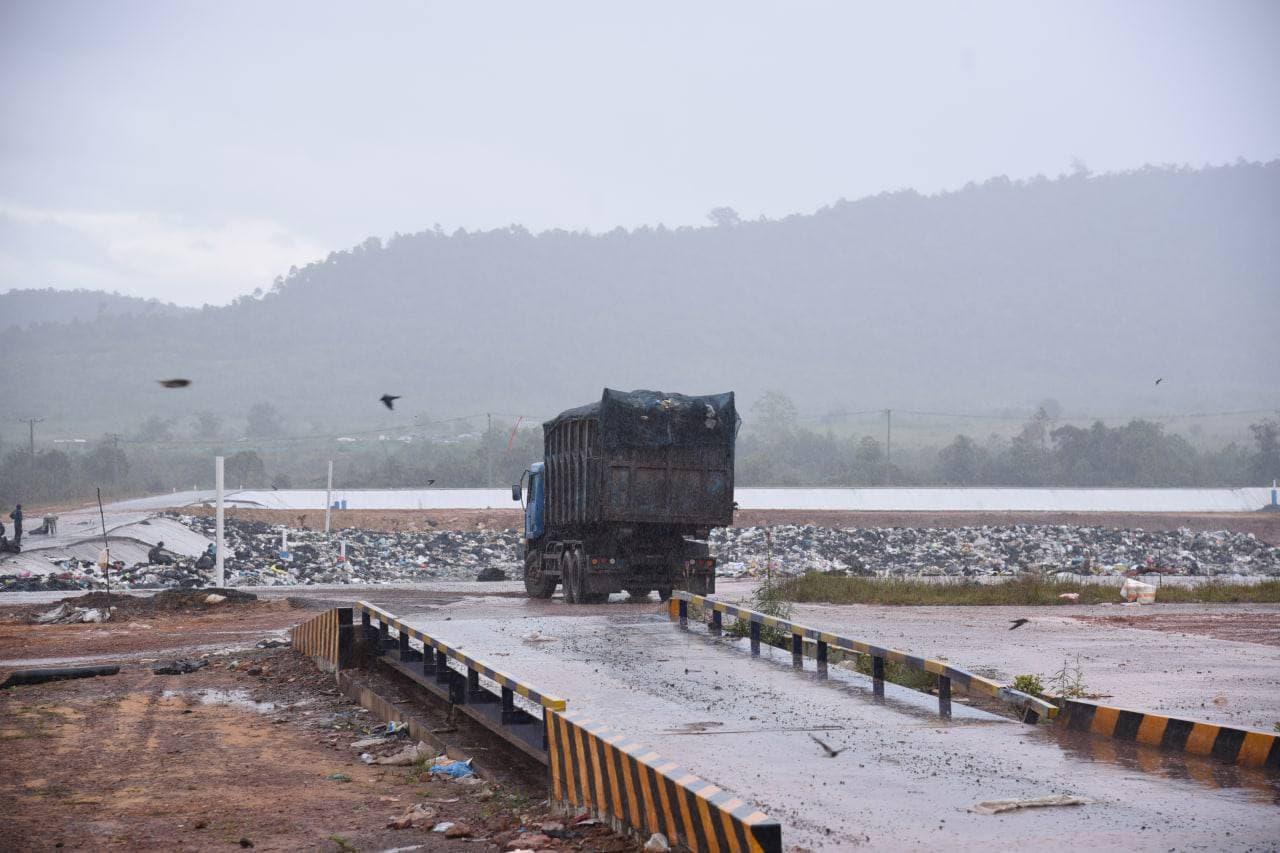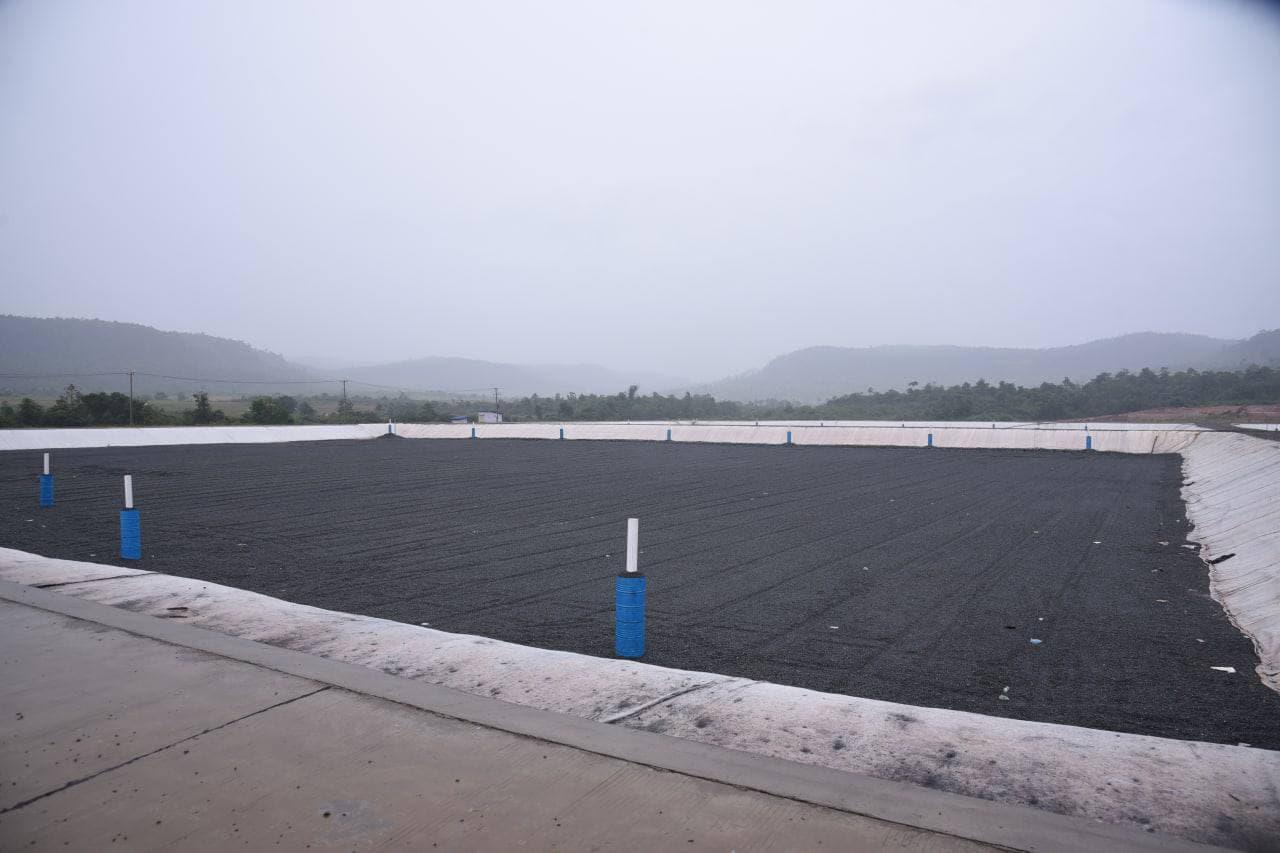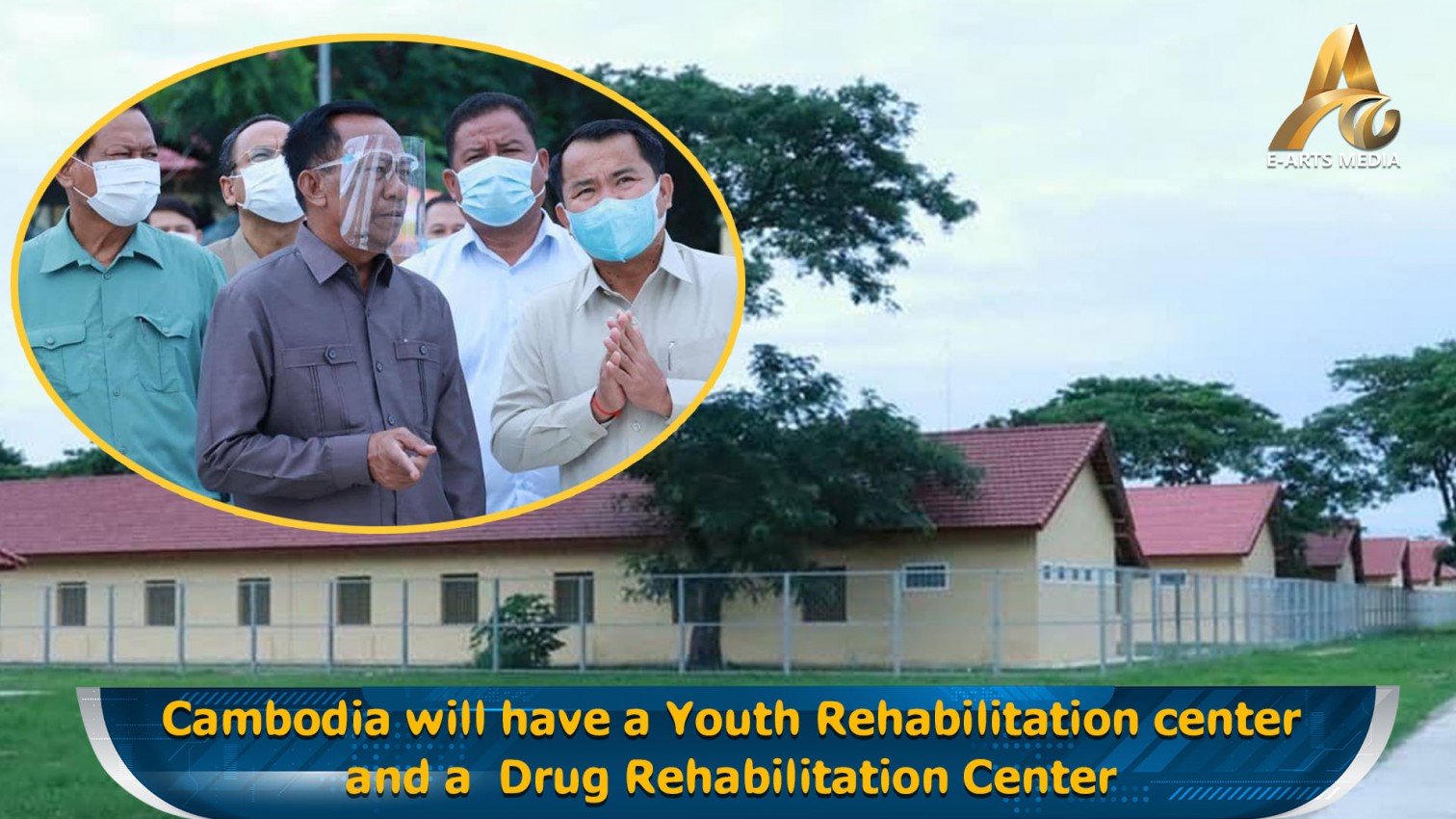Sihanouville: The Secretary of State and Spokesman of the Ministry of Environment,Mr. Neth Pheaktra has stated that the Royal Government of Cambodia, through the Ministry of Environment, plans to create five or six more standard landfill sites in some provinces by the year 2022, at the same time, a standard landfill will be put into operation in Sihanoukville.
While the standard parallel ground has been decided by the Preah Sihanouk Provincial Administration to use a new landfill in O Ta Sek Village, O Oknha Heng Commune, Prey Nob District, Preah Sihanouk Province, about 3 kilometres down from National Road 4 after construction pits in the first phase in early November 2021. While the first standard landfill cost more than $ 5 million to build in the national budget.
The Ministry of environment spokesman, Mr. Neth Pheaktra has announced on Tuesday that the area in Sihanouville is a standard field and it will be Launched in early November. This site is a project of the Royal Government, and the Ministry of Environment is working with development partners to establish such standard landfills in some provinces and expect that in early 2022 we will have such standard landfills five to 6 more places.
Mr. Neth Pheaktra has added that for the project that the Royal Government plans is to create a standard landfill. Kep has already an area, Kampong Chhnang, Pursat, Battambang and so on. In addition, the Ministry of Environment will work with additional partners such as Siem Reap, border provinces, including Poipet, Banteay Meanchey, Prey Veng the Royal Government put it into practice.
The goal of the Ministry of Environment is to manage solid waste well, which is part of the national policy that the Royal Government has implemented, and what is important is the dissemination as well as the technical provision to the lower level administration National in urban waste management.
In addition, the senior official reports that every day, more than 10,000 tons of waste is generated, and about four million tons of waste per year. Separately, in Sihanoukville, between 350 and 400 tons of garbage is generated per day. The study shows that 65 percent of this waste is organic, while 20 percent is plastic and the rest is solid waste.
Mr. Neth Pheaktra has confirmed that the Ministry of Environment has pushed for the processing and segregate the waste according to its type. Currently, according to the Ministry's policy, people are required to sort the waste to reduce the amount of garbage to be dumped on the landfill and will help the landfill to last longer. The government needs to enforce dumping regulations more strictly.There are four landfills in Sihanoukville on a five-hectare site, with a five-year landfill project, but this may also change depending on the growth of the landfill.
The Managing Director of the Sihanoukville Urban Waste Management Landfill, Mr. Hok Sophannaro has said that the O Ta Sek landfill in Sihanoukville covers a total area of more than 50 hectares, but for the first phase, it will only cover an area of 17 hectares. He said that the garbage that will fill the new location is from Sihanoukville and Prey Nob districts, with two-time garbage collection and transport companies managing the collection of waste. In addition to the standard garbage disposal, they will balance distribution, and segregate properly the recyclable and separate the organic wastes.
According to a report by the Ministry of Public Works and Transport, the landfill in Sihanoukville is under construction on a 51-hectare site within the total national budget $ 5.31 million. In the first five years, four pits were dug, with an average width of 130 meters and a length of 150 meters, a depth of 2-4 meters, and a rainwater harvesting system from the bottom of the pit dirt from landfills and exhaust pipes.
